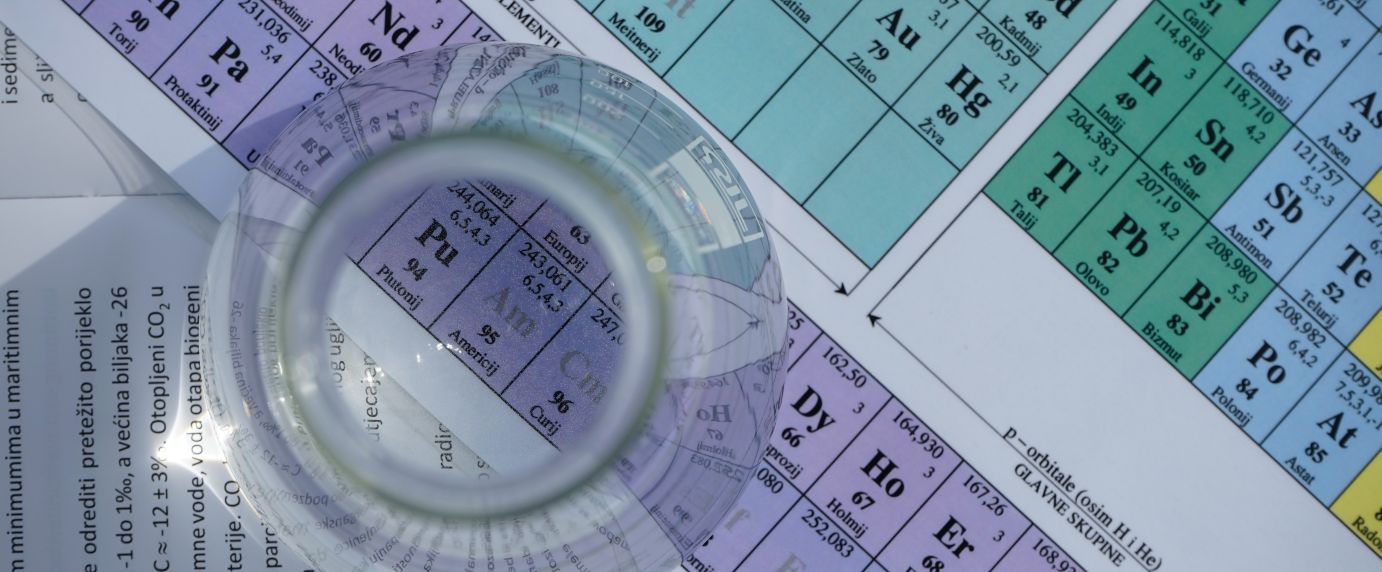Welcome to Iris Biotech
For better service please confirm your country and language we detected.

For better service please confirm your country and language we detected.

Thank you very much for your interest in our products. All prices listed on our website are ex-works, Germany, and may attract customs duties when imported.
You may/will be contacted by the shipping company for additional documentation that may be required by the US Customs for clearance.
We offer you the convenience of buying through a local partner, Peptide Solutions LLC who can import the shipment as well as prepay the customs duties and brokerage on your behalf and provide the convenience of a domestic sale.
Continue to Iris Biotech GmbHSend request to US distributorPublished on 09/01/2023

Solid-phase peptide synthesis (SPPS) is a convenient and efficient method for the preparation of peptides. However, certain sequences remain “inaccessible”, e.g. due to aggregation of the growing peptide chain. Typically, the main reason therefore are intra- and interchain interactions promoted by the formation of hydrogen bonds between NH and CO within the peptide chain.
Pseudoprolines, in which the amino acid’s NH is masked reversibly via formation of a proline-like 4-carboxyoxazolidine, allow to block hydrogen bond formation and act as solubilizing building blocks minimizing aggregation. As the formed oxazolidine rings are labile to TFA, the native sequence can be regenerated during overall cleavage and deprotection.
Traditionally, pseudoproline moieties are incorporated as dipeptides as the acylation of the incoming protected amino acid is rather difficult. However, the possibility of using only the monomer, as previously investigated by Senko et al., adds flexibility to the synthesis as not all required dipeptide combinations are commercially available. At Iris Biotech, we are offering the Serine and Threonine Pseudoproline monomer building blocks (see related products).
In two joint studies together with Prof. Albericio we further investigated the incorporation of those monomers showing that Thr[Psi(Me,Me)Pro] and Ser[Psi(Me,Me)Pro] can sufficiently be acylated.
First, the synthesis of the so far synthetically inaccessible C-terminal sequence of the human growth hormone (hGH) with one extra Tyr attached to its N-terminus (total of 16 residues with a disulfide bridge; H-YLRIVQC7RS9VEGS13C14GF-NH2) was finally achieved using the Ser[Psi(Me,Me)Pro] monomer in position 9 and position 13. For the Ser derivative, single coupling rendered almost quantitative yields. For detailed protocols, please see the corresponding paper listed below or get in contact! The disulfide bond within the sequence was formed by a chemoselective thiol-disulfide interchange reaction between the sec-isoamyl mercaptan (SIT) protected Cys7 residue and the free thiol of Cys14 after global deprotection.
For the sterically more hindered monomer Thr[Psi(Me,Me)Pro] a deeper finetuning was required. In our second study, the above-mentioned hGH sequence was modified by replacing the Serines with Threonines. As a second sequence, the Jung-Redemann (JR) decapeptide (H-WFTT4LIST8IM-NH2), a demanding sequence currently employed for developing synthetic strategies was investigated by incorporation of the Thr monomer at positions 4 and 8. In contrast to the Ser monomer, the Thr derivative sometimes required double coupling or even thermal conditions (40 °C), rendering Thr much more difficult to acylate. However, with the right conditions in hand, its incorporation facilitates the efficient solid-phase synthesis of difficult peptides.
References:
Incorporation of pseudoproline monomer (Fmoc-Thr[ψMe,Mepro]–OH) facilitates efficient solid-phase synthesis of difficult peptides; S. R. Manne, K. Rustler, T. Bruckdorfer, B. G. de la Torre, F. Albericio; Tetrahedron 2022, 154301. https://doi.org/10.1016/j.tetlet.2022.154301
Solid-Phase Synthesis of an “Inaccessible” hGH-Derived Peptide Using a Pseudoproline Monomer and SIT-Protection for Cysteine; S. R. Manne, A. Chakraborty, K. Rustler, T. Bruckdorfer, B. G. de la Torre, F. Albericio; ACS Omega 2022; 7(32): 28487-28492. https://doi.org/10.1021/acsomega.2c03261
Scope and limitations of pseudoprolines as individual amino acids in peptide synthesis; D. A. Senko, N. D. Timofeev, I. E. Kasheverov, I. A. Ivanov; Amino Acids 2021; 53: 665-671. https://doi.org/10.1007/s00726-021-02973-1